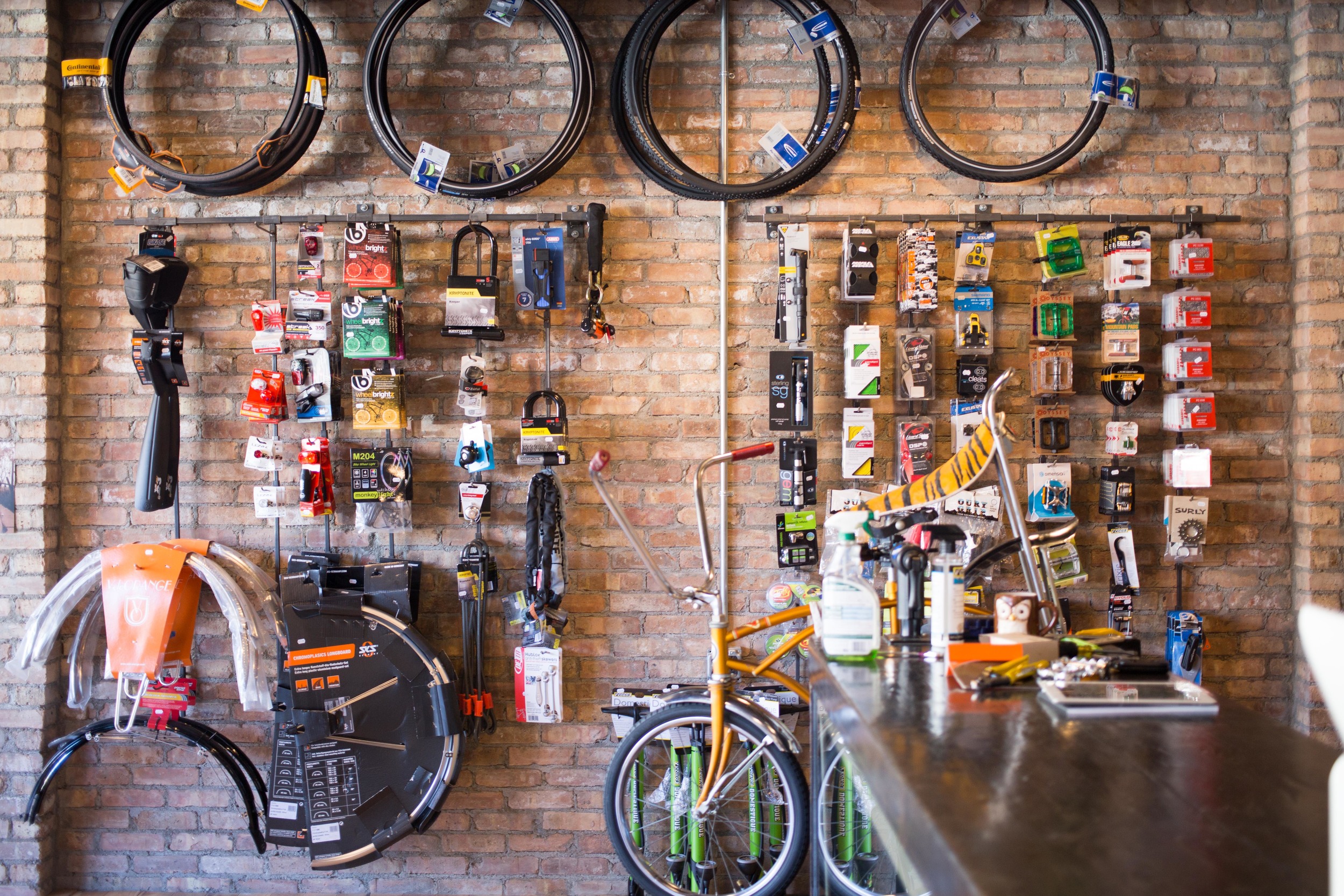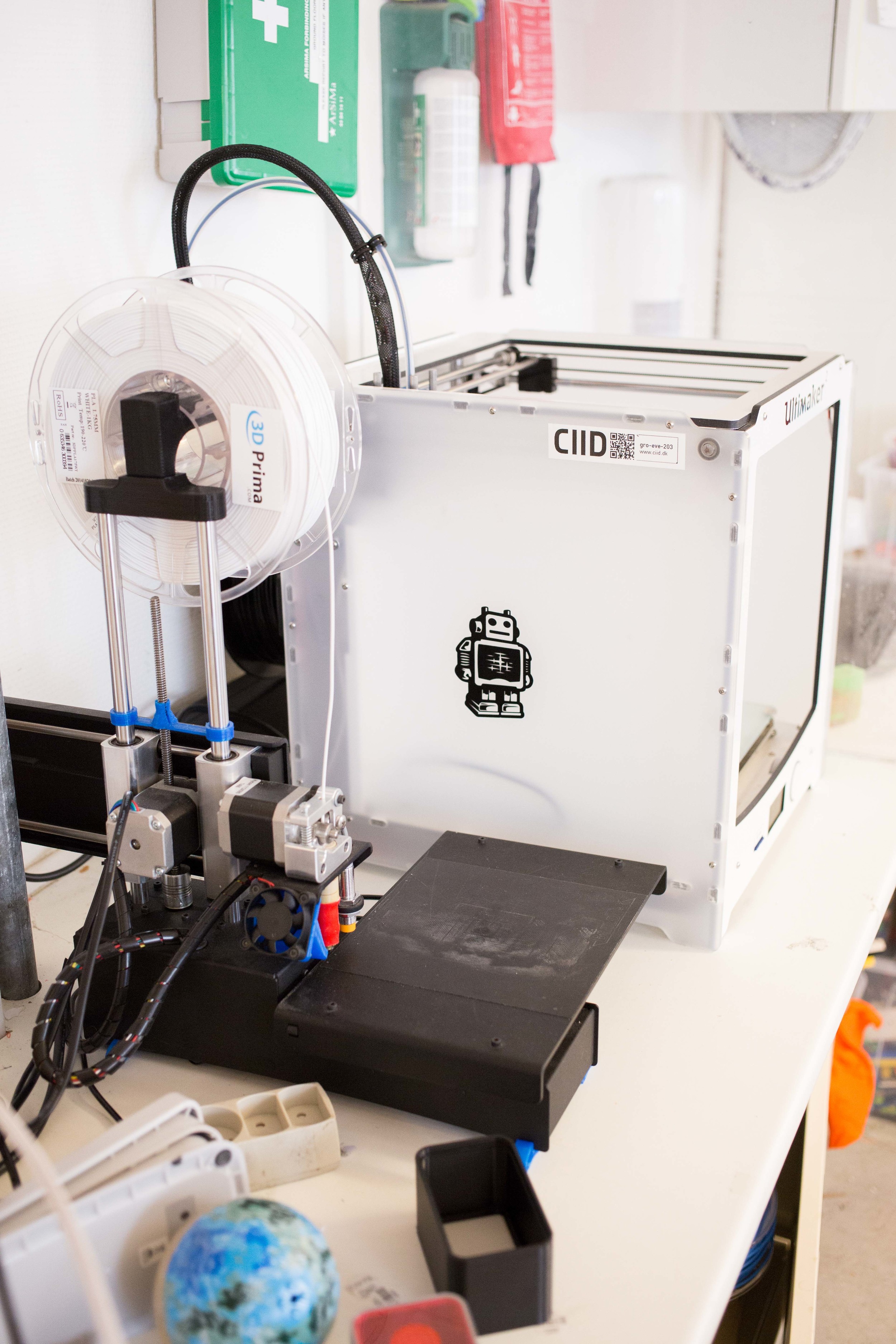Amos Kennedy in his studio reviewing a test print.
I haven't written very much about my letterpress practice but it is a medium that found me a few years ago and I have committed to master everything that it has to offer. It is a very ambitious endeavor but I'm determined to do so. During my graduate studies, I ended my masters with a thesis about Human Centered Design but at the same time, I also produced some prints that have slowly gained some attention.
The birth of these prints were grounded through research and were also directed by the political climate at the time - I graduated with Occupy Wall Street happening on Michigan Avenue right outside of my school. I'm writing about these prints though because during my research, there was a lot of work within the letterpress world that I came in contact with. One artist who inspired me in terms of the context of what my work would harvest from was work from a man named Amos Kennedy. Needless to say, he is a hero of mine.
You're not going to believe this, but I promise it happened. I have photos to prove it.
During my design residency in Detroit, I also served a letterpress studio by the name of Signal Return. They needed an extra hand for a fundraiser that was coming up, and I had one. On the Thursday before the party, I was in the studio printing - you know, just minding my own business - and then he walked in.
Now, I'm from Los Angeles and I've grown up seeing celebrities. I don't really get starstruck very often, and I don't mean that statement to be pretentious in any way. I've just learned to understand that even the very famous are very human and would very much like to be treated just like another human. But when I saw Amos, I freaked. The rest of the studio went up to him to talk to him and introduce themselves but I couldn't even leave the Vandercook I was printing on. I just shut down and stared at what I was printing. I'm going to expose myself even more right now and say that there was some hyperventilating involved. OMG.
After he left, the rest of my new studio mates made so much fun of me. I just couldn't keep my cool! Ugh. The regret I felt over what I had done was over the moon and my heart sank. Why couldn't I just take a breath and muster up the courage to introduce myself? WHY?! Luckily, he was going to be at the fundraiser so I made a promise to myself that I was going to introduce myself and say hello.
I did it.
Never have I ever felt jitters like that upon meeting someone who I looked up to so much. Who inspired me to make work that said something - who pushed me to consider the context of my work when it came to society and culture. Who had the same thoughts as I do about race and political structure.
Amos Kennedy and I. Please excuse me for I am obviously swooning.
The introduction was a dream. He was kind. He spoke but wanted to listen. I told him about how he inspired me in many ways, that he was a hero of mine, and that I had prints to prove it. He was encouraging and thoughtful. I had to excuse myself early from the conversation (I know... tragic) because I had printing duties, but I told him that I would love a picture with him before he left. He agreed. I wondered if he would remember and hoped that he would - and he did! We took a picture!
I must sound like a crazy person right now but bear with me - the story gets better.
The next day, I emailed him just to say 'thank you' for the brief conversation we had and that it was nice to finally meet him. You know - standard jargon that you delete multiple exclamation points from before sending to not look like a wacko - but I snuck in a request to visit his studio if he had time. And he said yes! (As I'm writing this, I'm realizing that it sounds like a proposal. Ha. I don't care. Carpe Diem!)
My dream came true.
I spent the day in his studio and we talked about many things. Our pasts, views on politics, the condition of the city of Detroit, and so much more. I showed him my prints, read him the book I'm working on, and we talked about life as I tried to absorb all the wisdom he had to offer. He showed me his past prints as well as some that he was currently working on. He also showed me prints from other artists who inspired him.
When I referred to him as an artist, he said this:
"I don't like to be called an artist. It creates a barrier between me and other humans."
- Amos Kennedy
I understand the feeling. It took me quite a while to refer to myself as an artist and it is still something that I am uncomfortable with. What happens when you identity yourself as an artist to the outside world is that you absorb all of those definitions that human nature has created throughout history as well as the current landscape of what that word projects itself to be. There is wisdom in his statement - but there is also no denying that he is, in fact, in my opinion, an artist.
I ended up printing in his studio because I was working on a print for the startup I was serving at the time. He guided the print and his style became very much part of what was produced. It's interesting how spending time with other makers exchanges energy and pivots production to encompass all parties involved.
I'll stop gushing now and just tell you that Amos is now a dear friend of mine. He even drove me back to Chicago from Detroit and those hours of conversation are ones that I will treasure for the rest of my life.
But I will leave you with this. We stopped by a bakery and I bought some scones. When we got in the car, I asked him if he wanted one. You know what he said?
"No. A scone is a waste of a biscuit."
UX Notes: Amos Kennedy used to be a coder before he found letterpress printing. There are a lot of similarities between technology and letterpress printing and I would encourage any UXers to explore what it means to produce language in a tactile manner. You may find yourself discovering a more advanced method of visuals and interaction. Sometimes, simple is greater than complex.
*Extra points for those who know which song the title of this post is derived from.


















































































































































